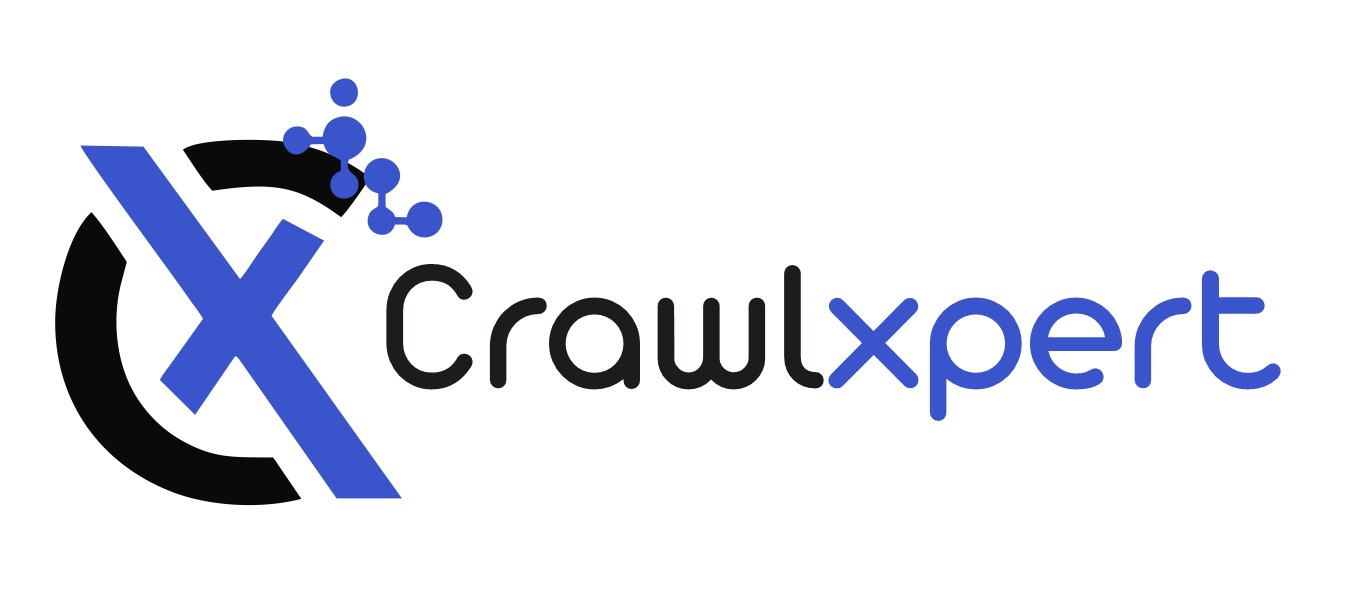Building a Price Tracker for Grocery Apps Using Web Scraping
Apr 14, 2025
Introduction
The vertical online grocery shopping has risen so rapidly that it has now transformed consumers buying common daily essentials. With several grocery apps displaying varied prices on identical product items, consumers and businesses that watch prices will greatly benefit from a live way of tracking and comparing prices. A grocery app price tracker designed using web scraping provides an excellent solution through which consumers and retailers can track price changes, find discounts, and make better purchasing decisions.
A price tracker for grocery applications is being built, allowing consumers and businesses to track price changes, find good deals, and make smarter buying decisions based on web scraping of grocery-related data. The guide will explain how to create an efficient grocery app price tracker, understand the importance of grocery data scraping by web scraping, consider the main challenges, list some best practices, and discuss how businesses can implement a grocery data scraping service for automation.
Why Build a Price Tracker for Grocery Apps?
1. Consumer Savings and Price Alerts
A price tracker for grocery apps helps consumers save money by notifying them when their preferred products drop in price across different platforms.
2. Competitive Pricing for Retailers
Retailers use scraping grocery apps to analyze competitors' prices, adjust their pricing strategies, and attract more customers.
3. Market Trend Analysis
Tracking pricing trends over time enables businesses to predict future price changes, seasonal discounts, and promotional strategies.
4. Optimized Inventory Management
Supermarkets and online grocery stores use web scraping grocery data to ensure they stock high-demand, competitively priced products.
5. Personalized Shopping Experience
Apps that offer personalized deals and price recommendations use grocery data scraping services to fetch the latest product prices and promotions.
How a Grocery Price Tracker Works
1. Identifying Target Grocery Apps
Popular grocery platforms include:
- Walmart Grocery
- Instacart
- Amazon Fresh
- Kroger
- Target Grocery
- Safeway
2. Extracting Product and Pricing Data
Scraping grocery apps involves sending requests to grocery websites and retrieving relevant HTML content.
3. Parsing and Structuring Data
Extracted data is processed using tools like BeautifulSoup, Scrapy, or Selenium to extract product details, pricing, and stock availability.
4. Storing and Analyzing Data
The parsed data is stored in a structured format (JSON, CSV, or databases) for real-time tracking and analysis.
5. Displaying Price Changes and Alerts
Users can set price drop alerts, compare store prices, and view historical trends within the tracker interface.
Essential Data Fields for Price Tracking
1. Product Information
- Product Name
- Brand
- Category (e.g., dairy, produce, snacks)
- Product Description
2. Pricing Details
- Regular Price
- Discounted Price
- Price Per Unit (e.g., per lb, per kg)
- Bulk Pricing
3. Availability and Delivery Options
- Stock Status
- Pickup and Delivery Options
- Estimated Delivery Time
4. Store and Location Details
- Store Name
- Store Location
- Store-Specific Pricing
Challenges in Scraping Grocery Apps
1. Anti-Scraping Mechanisms
Many grocery apps implement CAPTCHAs, bot detection, and IP blocking to prevent automated data extraction.
2. Dynamic Content Loading
JavaScript-heavy platforms make it challenging to extract pricing data without using headless browsers like Puppeteer or Selenium.
3. Data Inconsistency
Different stores categorize and name products differently, making direct price comparisons complex.
4. Frequent Price Updates
Grocery prices fluctuate frequently, requiring continuous data scraping to maintain accuracy.
5. Legal and Ethical Considerations
Compliance with robots.txt policies and data privacy laws is essential to ensure ethical data extraction.
Best Practices for Scraping Grocery Apps
1. Use Rotating Proxies and User Agents
Changing IP addresses and user-agent headers helps avoid detection and bans.
2. Implement Headless Browsing
Tools like Selenium or Puppeteer help extract JavaScript-rendered pricing information.
3. Schedule Automated Scraping Jobs
Running scrapers at optimal intervals ensures fresh data without overwhelming target servers.
4. Clean and Normalize Data
Using machine learning techniques for data deduplication and standardization enhances accuracy.
5. Comply with Legal Guidelines
Respecting robots.txt and privacy laws ensures ethical web scraping practices.
Building a Price Tracker Using Web Scraping APIs
1. Choosing the Right Tech Stack
- Programming Language: Python or JavaScript
- Web Scraping Tools: Scrapy, BeautifulSoup, Selenium, Puppeteer
- Storage: PostgreSQL, MongoDB, Google Sheets
- APIs for Automation: CrawlXpert, Apify, Scrapy Cloud
2. Developing the Web Scraper
A Python-based scraper using Scrapy or Selenium can fetch and store grocery pricing data automatically.
3. Building a Dashboard for Price Tracking
A web interface using React.js or Flask displays real-time price comparisons and alerts.
4. Implementing Notification Systems
Users can receive email, SMS, or app notifications when grocery prices drop.
Future of Grocery Price Tracking with Web Scraping
1. AI-Powered Price Predictions
Machine learning will analyze historical pricing trends to predict future price changes.
2. Blockchain for Price Verification
Decentralized records may ensure transparency and prevent price manipulation in grocery tracking.
3. Real-Time Retailer Price Syncing
APIs will enable grocery stores to update their pricing directly into tracking platforms.
4. Voice-Activated Price Queries
Smart assistants will fetch grocery price comparisons via web scraping integrations.
Conclusion
Building a price tracker for grocery apps using web scraping allows businesses and consumers to make informed purchasing decisions, optimize savings, and analyze market trends. With advancements in AI and automation, grocery price tracking will become even more efficient and accurate.
CrawlXpert provides grocery data scraping services with advanced web scraping solutions that help monitor and analyze grocery pricing data in real time. Partner with CrawlXpert now for the automated grocery price tracking service and keep ahead in the competitive grocery market!

